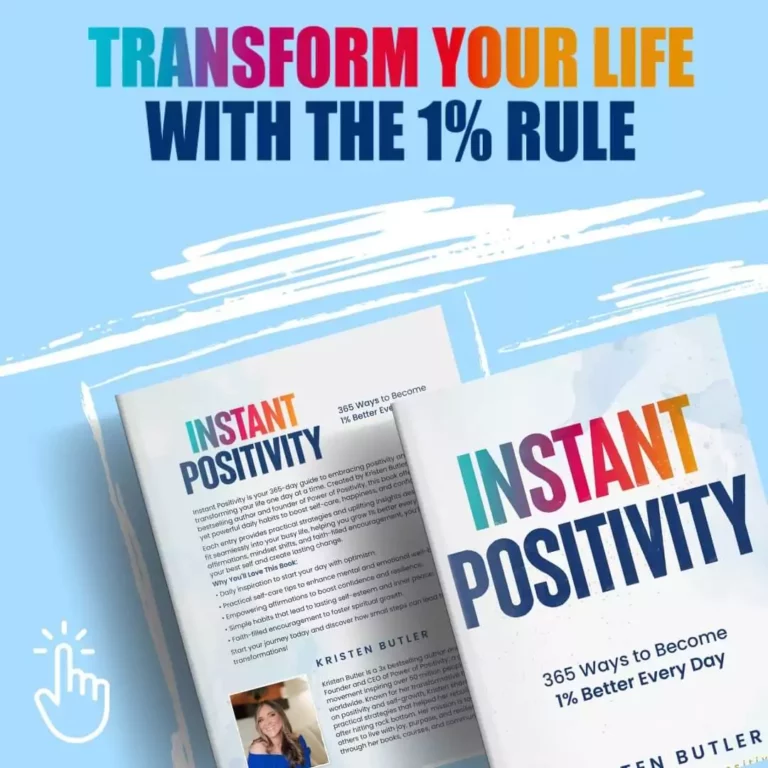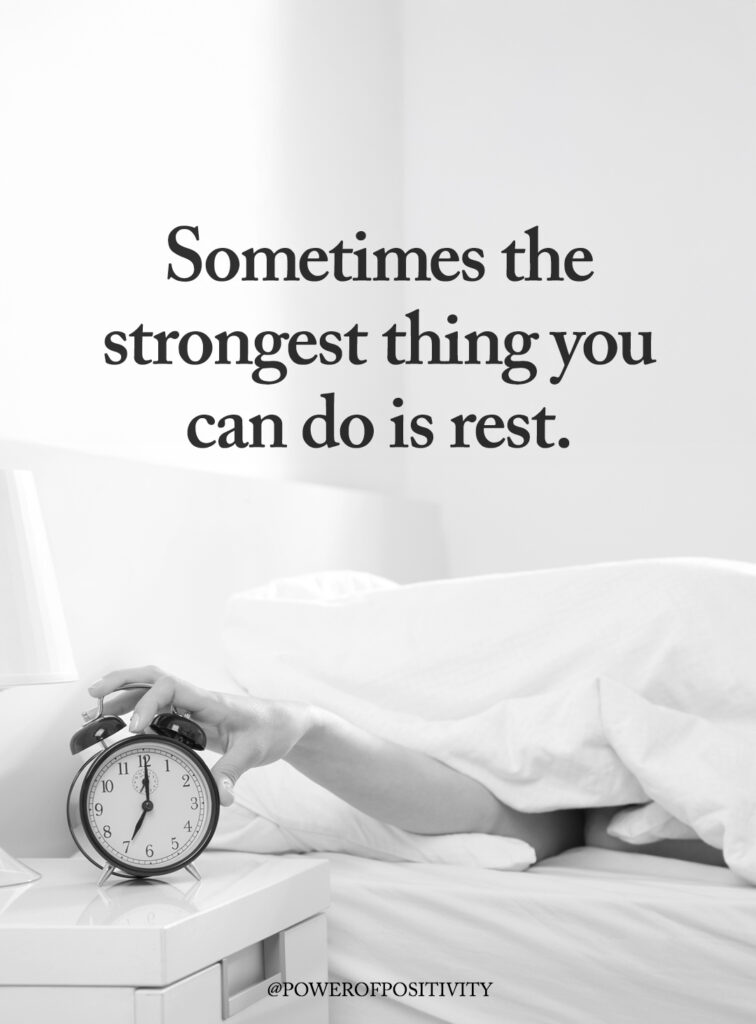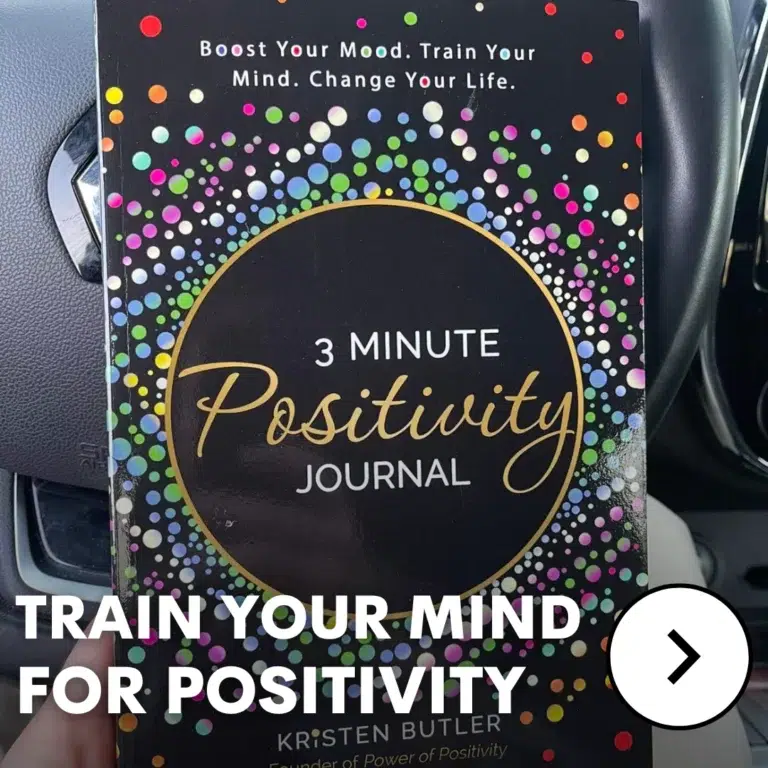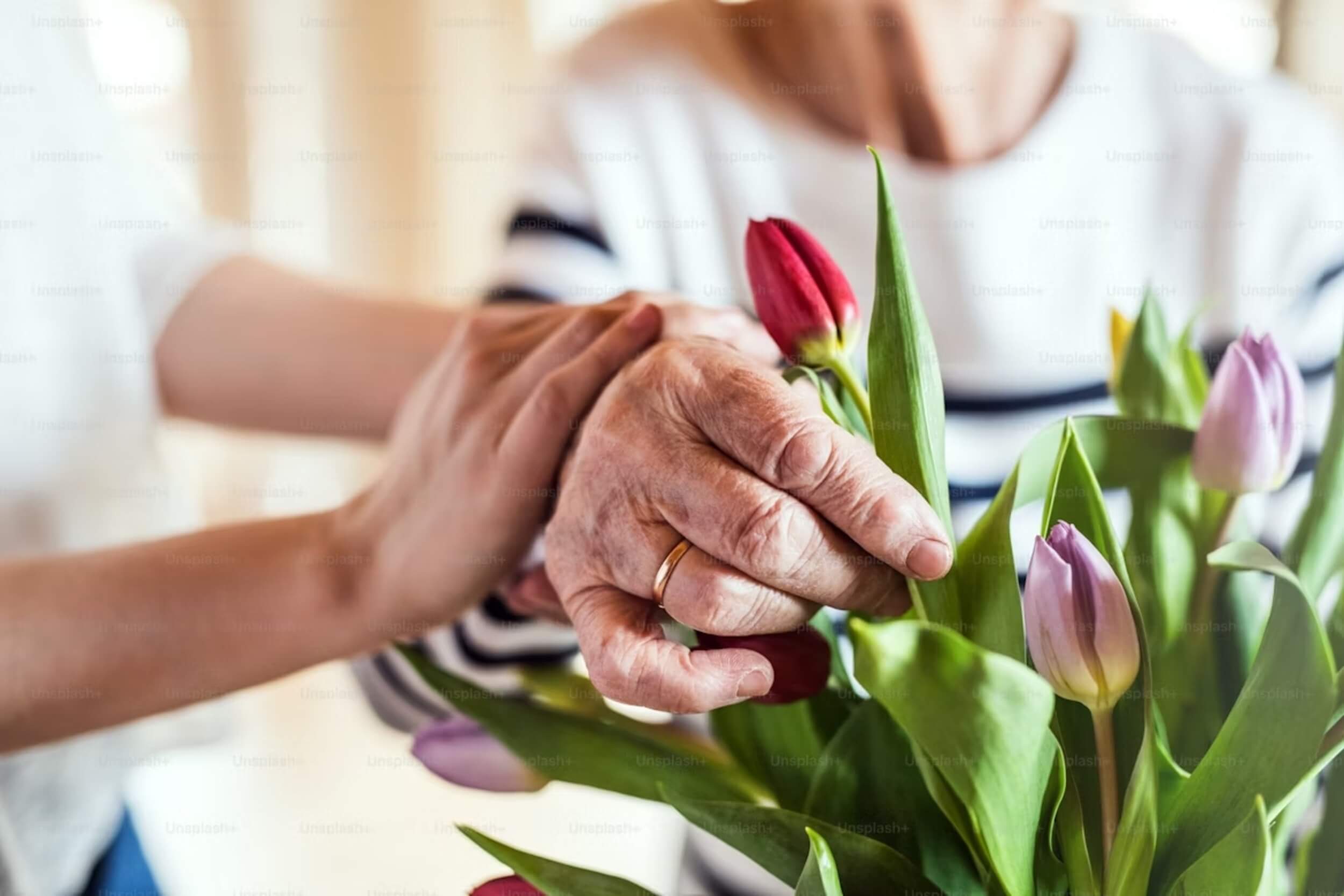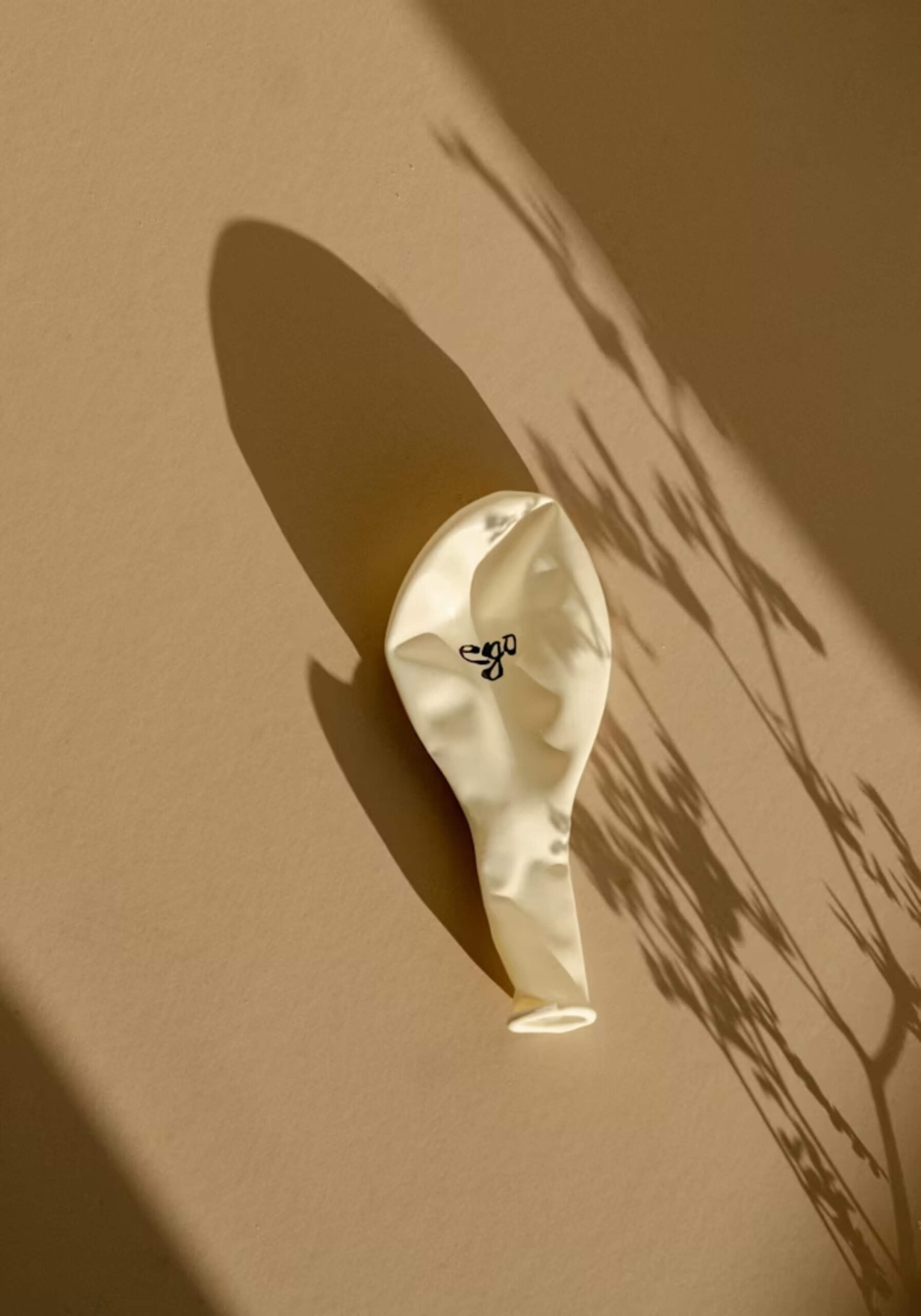Love doesn’t just depend on chemistry — it’s built on how safe we feel with someone. That sense of safety begins long before adulthood. Psychologists John Bowlby and Mary Ainsworth found that the way we bonded with our first caregivers shaped how we connect with people later in life. These patterns, called attachment styles, affect how we express affection, handle conflict, and react when we feel distant from a partner.
Some people reach for closeness when they feel anxious; others pull away when things get too emotional. These reactions aren’t random — they’re old habits of the heart. The good news is that understanding your attachment style can change how you love today. When you know what drives your needs and fears in relationships, it becomes easier to build the kind of trust and emotional comfort that keeps love strong for years.
What Is Attachment and How It Shapes Relationships
Attachment is more than a feeling — it’s a lifelong pattern that shapes how we connect and respond to people we love. Psychologists call it an internal blueprint for intimacy, built from our earliest relationships. When caregivers were kind, attentive, and safe, the brain learned that love can be trusted. But when care was inconsistent or distant, it learned that closeness might hurt or disappoint.
Those early lessons affect far more than emotions. They influence the way people talk through problems, show affection, and handle arguments. Someone who grew up feeling unseen may shut down when conflict arises, while another might panic at the first sign of distance. These behaviors often trace back to one’s attachment styles — the hidden rules our brains carry into adulthood.
Before we understand how these patterns play out in love, it helps to see how they form in the first place.
How Attachment Styles Develop in Childhood
Every child learns about love long before they can describe it. The way parents or caregivers respond to a child’s needs teaches them what connection feels like — safe, unpredictable, or unsafe. Over time, those early bonds shape a person’s attachment styles and how they relate to others later in life.
Some key experiences shape healthy attachment:
- Consistent Responsiveness – When needs are met quickly and kindly, a child learns trust.
- Emotional Availability – When feelings are accepted, they learn it’s safe to express them.
- Encouragement of Independence – When supported to explore, confidence grows.
- Environmental Stability – When life feels predictable, they believe safety can exist in relationships.
When these foundations are missing — due to neglect, mixed signals, or trauma — insecurity can grow instead. Children may start to believe love must be earned or that it’s safer not to depend on anyone. These early lessons become the roots of how love, trust, and vulnerability show up in adulthood.
The next step is understanding how these early patterns develop into four main attachment styles that define how people connect and communicate in relationships.
The Four Major Attachment Styles
Every person fits somewhere within four attachment styles — secure, anxious, avoidant, or disorganized. Each reflects how early bonds shape emotional habits and love patterns later in life.
1. Secure Attachment: Confidence in Connection
Children who grow up with caring, dependable adults learn that love is safe. They know comfort will come when needed and freedom will be respected.
As adults, they trust others, communicate clearly, and manage emotions well. Conflict doesn’t feel like a threat but a chance to work things out. These people usually balance closeness and independence with ease. Their relationships tend to last because they feel emotionally safe and capable of supporting each other.
2. Anxious Attachment: Fear of Losing Love
Inconsistent caregiving can leave a child unsure when love will show up. As adults, they often crave closeness but fear being abandoned. They may overthink texts, worry about rejection, or need frequent reassurance.
This sensitivity can make relationships intense and exhausting — both for themselves and their partners. Growth begins when they learn to soothe their own fears and build confidence without constant validation. Therapy, mindfulness, and honest self-talk can help calm that inner panic.
3. Avoidant Attachment: Independence Over Intimacy
When caregivers reject or shame emotions, children learn to hide them. They grow into adults who value independence so much that closeness feels risky.
These individuals may keep relationships surface-level or withdraw when things get too emotional. They pride themselves on control and self-sufficiency but often struggle to let others in.
Healthy change happens when they practice small steps of openness — sharing thoughts, expressing feelings, or simply asking for help. Vulnerability becomes strength, not weakness.
4. Disorganized Attachment: The Push-Pull of Fear and Desire
A child who sees their caregiver as both safe and scary often grows up torn between wanting love and fearing it.
As adults, they may crave deep connection but also feel panic when it gets close. The result is a cycle of chasing intimacy, then pushing it away. Their emotions can feel unpredictable and overwhelming.
With trauma-focused therapy and patience, they can learn to regulate feelings, rebuild trust, and experience love as something consistent instead of confusing.
The Fluid Nature of Attachment Styles
Attachment patterns aren’t fixed. People grow, heal, and change over time. A once-anxious person can become secure after being loved steadily. Someone avoidant can learn closeness through trust and care. Even those with disorganized patterns can heal when they feel safe enough to be vulnerable again.
Most people show traits of more than one style — it’s a spectrum, not a box. Relationships, therapy, and self-awareness can all reshape the way we relate to love. Recognizing these shifts helps couples understand why one partner might withdraw while the other clings. Awareness makes empathy possible, and empathy creates balance.
Once you understand attachment styles, it becomes easier to spot these patterns — and to meet your partner where they are, not where fear leads them to be.
How Attachment Styles Influence Adult Relationships
Love feels different for each attachment style, and knowing which one fits you helps explain your emotional reactions.
- Secure partners handle conflict calmly and express needs without fear.
- Anxious partners overthink silence, seeing distance as rejection.
- Avoidant partners pull away to protect their independence.
- Disorganized partners move between closeness and withdrawal, unsure what feels safe.
Each pattern comes with emotional triggers.
- Anxious people fear being ignored or left out.
- Avoidant people fear losing control or being smothered.
- Disorganized people fear both closeness and loss.
These patterns influence communication — one may ask for comfort while the other shuts down. Yet awareness can change everything.
When partners understand what drives their reactions, they can pause before conflict, speak with empathy, and handle differences without panic or avoidance.
What begins as misunderstanding can turn into growth — and emotional security becomes the new normal.
Attachment Styles and Mental Health
Our attachment habits don’t just shape relationships; they shape mental health, too. Insecure styles often connect with emotional struggles such as:
- Anxiety and Panic: Constant fear of losing love keeps the body in stress mode.
- Depression: Feeling unworthy or unloved can lower mood and self-esteem.
- Personality Patterns: Deep fears of abandonment can lead to extreme reactions or emotional swings.
- Post-Traumatic Stress: Those with disorganized attachment often carry trauma that replays in relationships.
- Addictive Behaviors: Some use food, alcohol, or work to numb emotional pain.
Secure attachment acts as a buffer, helping people handle stress, seek support, and stay balanced during hard times.
The best part? Attachment can heal. Therapy, mindfulness, and positive relationships all help rewrite these emotional scripts — proving that even painful beginnings can lead to peace and stability.
Healing and Building Secure Attachment
Even if our early bonds were unstable, we can learn new ways to love securely. Change starts small — with awareness, care, and practice.
- Develop Self-Awareness
Noticing patterns is the first step. Pay attention to how you react when you feel ignored or overwhelmed. Journaling or mindfulness can help spot emotional triggers before they take over. - Rewire Through Therapy
Approaches like Emotionally Focused Therapy (EFT), Cognitive Behavioral Therapy (CBT), and Dialectical Behavioral Therapy (DBT) help replace fear-based habits with trust-based thinking. - Practice Emotional Regulation
Instead of withdrawing or chasing, pause. Take a deep breath, share your feelings honestly, and allow space for both connection and individuality. - Build Secure Bonds
Spend time with people who respect boundaries, communicate openly, and make you feel valued. The more you experience healthy attachment, the more your brain learns that love can be both safe and lasting.
Strengthening Love Through Awareness
Attachment awareness changes how couples connect. Simple habits strengthen trust, such as:
- Talking openly instead of assuming.
- Setting boundaries that feel fair to both.
- Allowing space while staying emotionally close.
When both partners understand their triggers, intimacy grows naturally. Misunderstandings turn into chances to learn instead of reasons to fight. Love feels easier because both people feel secure — not perfect, but safe enough to stay present and honest.
True closeness comes from awareness, empathy, and the courage to handle emotions together. That’s how emotional maturity turns ordinary love into something lasting.
Conclusion: Cultivating Secure, Enduring Love
Understanding attachment styles gives people a map for creating stronger, happier relationships. It’s not about blaming the past but learning from it. Insecure attachment isn’t a flaw — it’s a defense built to survive early hurt. The power lies in rewriting that story.
Building emotional safety takes practice, patience, and honesty — but the rewards are real: calmer communication, deeper trust, and more consistent love. Therapy, supportive partners, and mindful self-reflection all help transform fear into connection.
Lasting love doesn’t happen by luck. It grows when two people feel safe enough to be real, open, and vulnerable — knowing they’ll be accepted just as they are.




